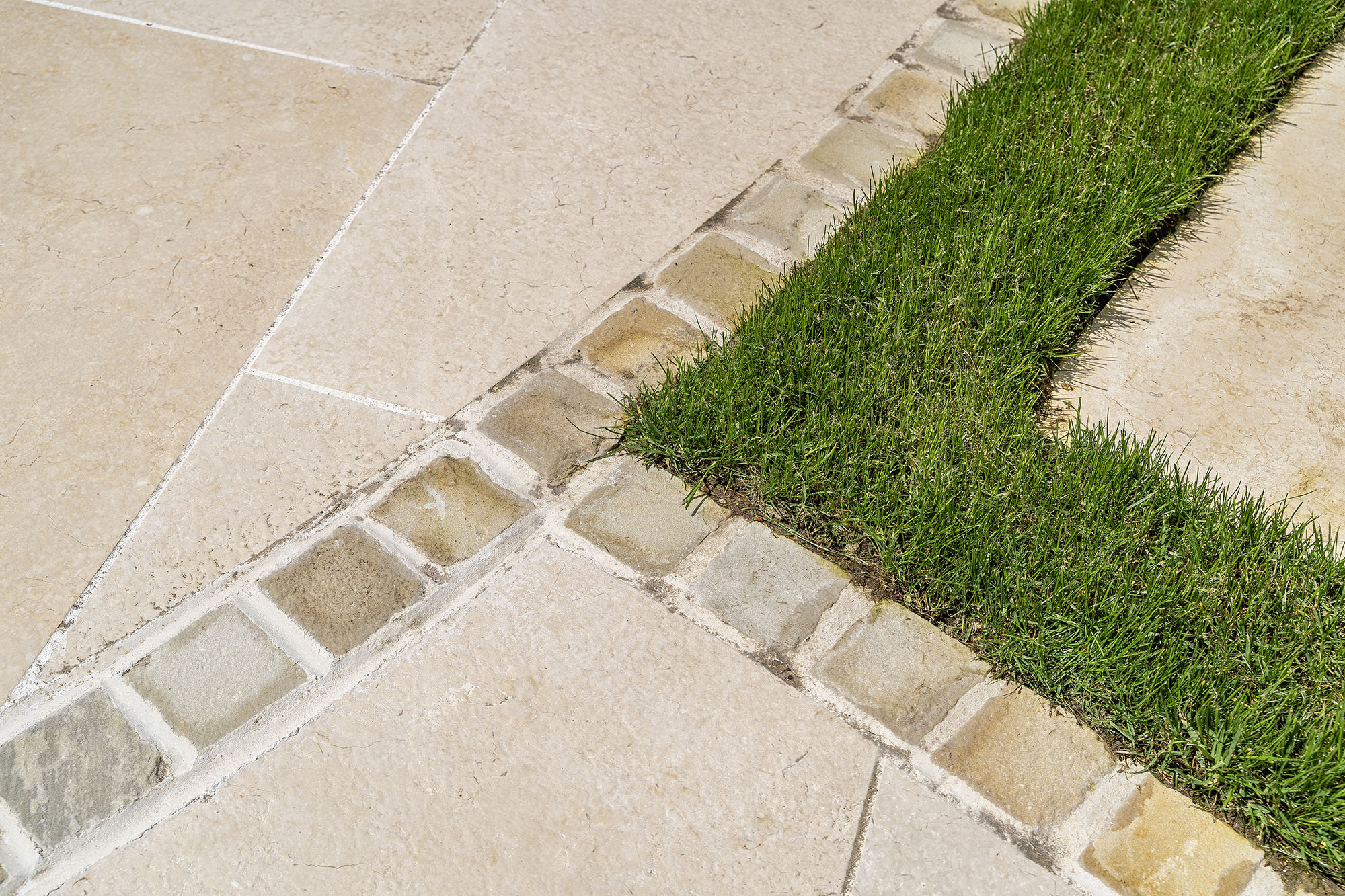
lets look at Patio & Paving FAQs: Your Guide to Outdoor Upgrades. When planning a garden renovation or outdoor upgrade, one of the most common priorities is installing or refreshing a patio or paved area. To help homeowners make informed choices, we’ve compiled practical patio and paving advice covering everything from materials, paving aggregate, and edging ideas, to installation, drainage, and maintenance.
Whether you’re considering paving and landscaping your garden or looking for tips on paving around a tree or paving and gravel garden ideas, these frequently asked questions will guide you through the process and help ensure a long-lasting, attractive outdoor space.
Choosing the right materials is key for durability and style. Popular options include natural stone paving bricks, concrete paving blocks, and gravel, which works well for driveways and gardens alike. Many homeowners look for paving alternatives like permeable paving or reclaimed materials to combine aesthetics with sustainability. Using the right paving adhesive and a solid patio base is essential for lasting results, especially for high-traffic areas like driveways or paths.
Proper preparation, including a compacted base and correct drainage installation, prevents future problems like sinking or water pooling. Paving edging helps maintain the integrity of your paved area, stopping slabs from shifting and keeping gravel in place if you’re combining paving with gravel garden ideas. You might also consider hiring a paving expert or using a paving expert calculator to estimate the amount of materials you’ll need.
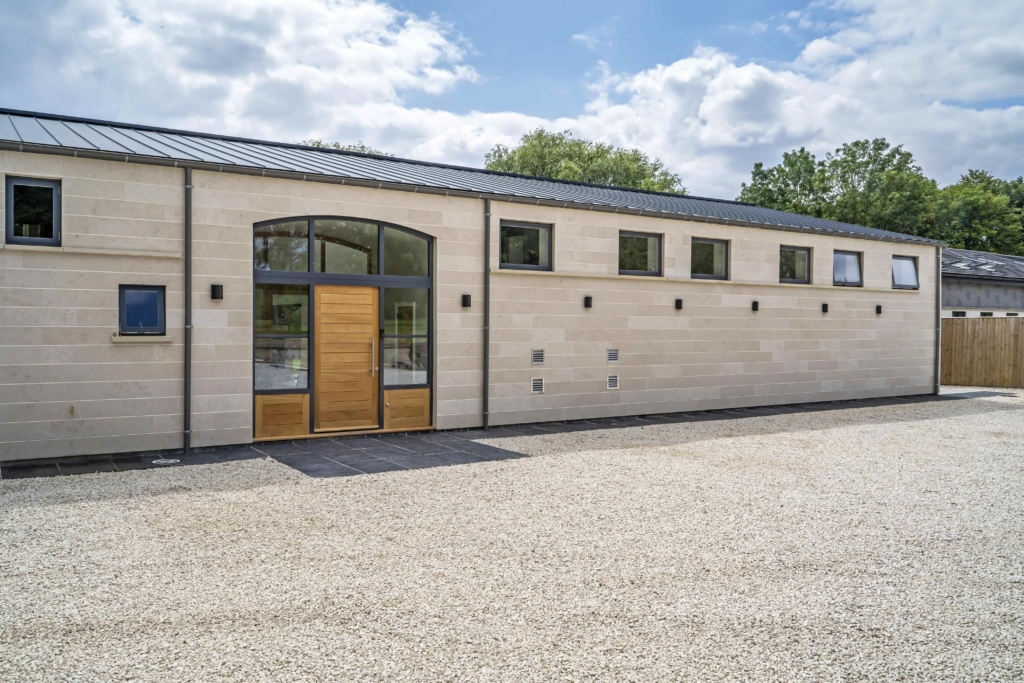
Combining paving with gravel creates textured and attractive garden spaces. Paving and gravel garden ideas often incorporate pathways with natural stone or brick paving bricks bordered by gravel beds. If you’re designing around existing features like trees, paving around a tree allows roots to breathe while creating a functional patio area. Adding a patio awning or patio blinds can extend the usability of your outdoor space throughout the year.
Regular cleaning is crucial to prevent problems like algae and black spots. Using a patio algae remover or patio black spot remover can restore the look of your paving slabs. A good patio brush and a quality patio cleaner machine help keep surfaces tidy. And services like patio cleaning near me are available if you prefer professional help. For those using paving aggregate or gravel, occasional raking helps keep the surface even and weed-free.
Proper paving drainage prevents water damage and slippery surfaces. Most patios and driveways should be laid with a slight slope to channel water away. For areas prone to heavy rain, installing channel drains or soakaways can be very effective. Using permeable paving materials or gravel also naturally aids water absorption.
Yes, many homeowners prefer paving alternatives like permeable paving or gravel that supports natural drainage and reduces environmental impact. Materials such as porcelain paving bricks are low-maintenance, stain-resistant, and durable. Combining these with paving edging ideas that suit your garden style can minimize upkeep.
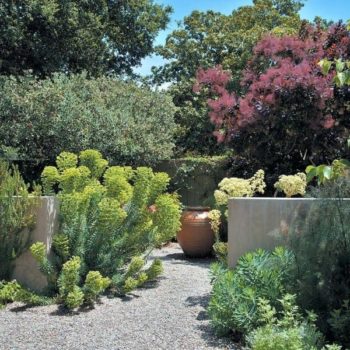
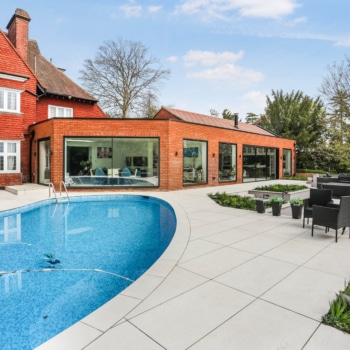
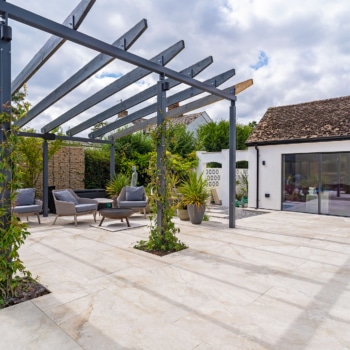
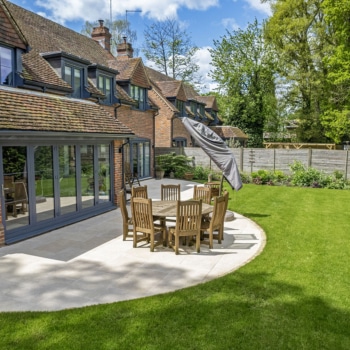
Using a paving area calculator or consulting with a paving expert can help estimate quantities of slabs, blocks, and aggregate needed. This prevents overbuying or running short mid-project and can save you money.
You can often refresh a tired patio by cleaning with patio cleaner products or replacing damaged paving bricks. Re-laying sunken slabs or fixing drainage issues may be necessary for longer-term solutions. For more extensive work, consider professional help from a paving expert.
Plan for comfort and usability by considering patio chairs and shading options like a patio awning. Combine hard paving surfaces with soft landscaping and incorporate edging that complements your home style. Don’t forget to include practical features like good drainage and access to outdoor furniture or lighting.